a wide range
Potier Stone processes all types of stone on a customised basis for interiors. We can supply you with composite, ceramic or Dekton, but our preference is for natural stone. You can come and view our collection in our workshop. Feel free to make an appointment with one of our stone experts.
range
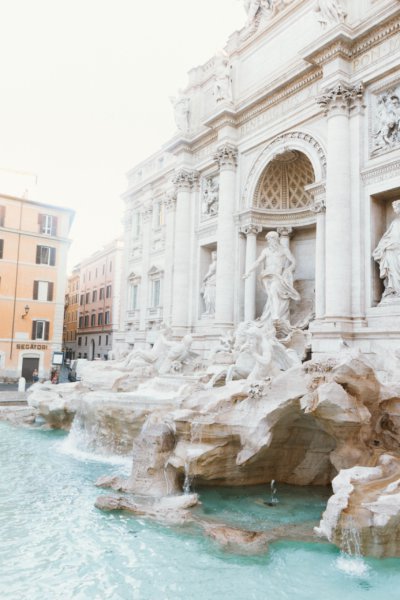
what is Marble?
Marble is a metamorphic rock that comes from limestone. It was formed millions of years ago. Extreme changes in temperature or pressure, due for example to orogeny, the process of mountain formation, caused the limestone to crystallise and become marble. Mineral impurities in the original limestone (such as clay, loam, sand or iron oxides) caused the so-called veins and patches in the marble. What makes marble so unique? Marble is a hard substance, yet at the same time it feels soft and is easy to work with. This stone is available in many different hues: white, red, yellow, pink, green and more. Fossils and veins lend marble a unique look, making this stone the perfect eyecatcher for your interior. Discover the stunning range of colours in our extensive stock. What can marble be used for? The kitchen and the bathroom are favourite places to use marble. This is where the natural stone comes fully into its own. But marble can also be used for floors, tabletops, fireplaces, furniture and more. Given the right thickness and finish, marble can be used in both modern and classical interiors. Opt for a soft touch for a matte finish, or polished for a glossy surface. Combine this with a straight, oblique or rounded edge. Looking for inspiration? View our references. How do you look after marble? Marble is porous and therefore naturally absorbs liquids. So Potier Stone treats all its marbles with QTOP® PROTECT. This is a high-tech treatment involving mechanical and chemical influences that provide unprecedented protection for the stone. We have developed an appropriate maintenance programme to help you care for your marble thereafter. But we advise you always to be careful with acids. For very intensive cleaning you can call upon our professional service team. During this treatment, we will re-apply the QTOP Protect so that the stain resistance remains effective. We advise you to do this once a year. Did you know…
- marble becomes even lovelier as the years pass.
- the word ‘marble’ comes from the Greek word ‘marmaros’ (‘μαρμαρος’), which means ‘shining stone’.
- sculptors love marble because this stone is easy to polish and to work with as well as reflecting the light beautifully.
- marble can be found in Italy, Belgium, Ireland, Spain, Greece, Russia, Romania, Sweden, the US, India and Germany.
- our top Belgian products include Rouge Belge and Gris des Ardennes.
- the Apuan Alps to the east of the city of Carrara are home to around 300 marble quarries.
- Carrara marble is also known as white gold.
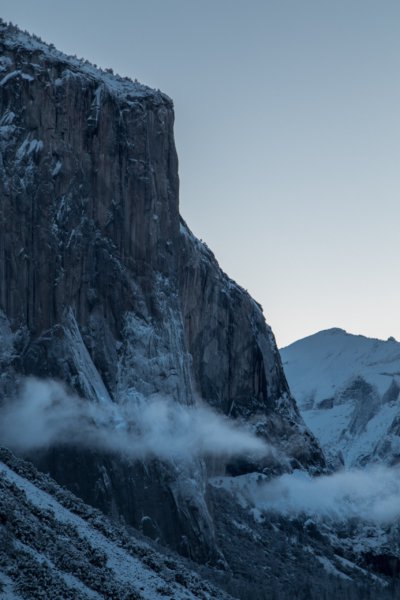
what is Granite?
Granite is hard and not very porous. This is due to the origin of this natural stone. Deep in the earth’s crust, temperatures are very high. So at these depths, rock is liquid. This very hot, liquid rock is known as magma. The magma tries to rise to the surface of the earth through so-called ‘weak spots’ in the earth’s crust. Here it makes its way outside through volcanoes and cracks in the ground.
However, the continental crust is fairly thick. The magma does not always reach the surface. It comes to rest, slowly cools (from a temperature of over 1000°C) and solidifies. We call this magmatic pluton.
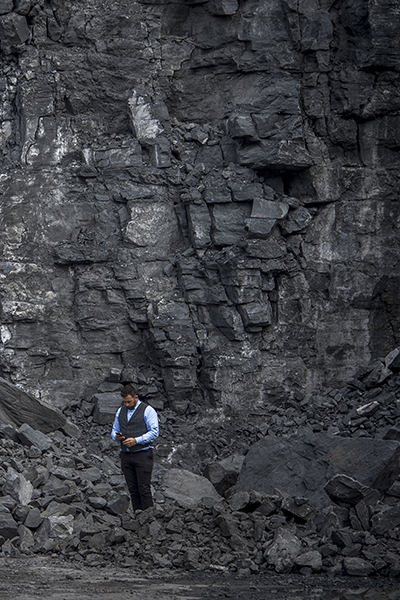
what is Bluestone?
Blue hardstone is sedimentary rock that formed millions of years ago. This limestone is full of fossilised molluscs, shells and plants from the sea. Depending on the finish, the colour varies from blue to almost black. Bluestone has a natural charm and becomes lovelier as the years pass.
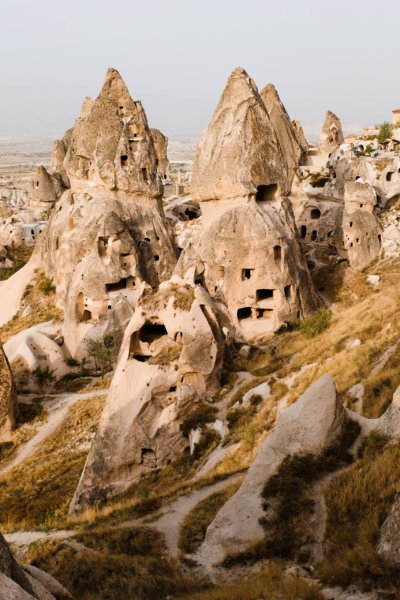
what is Limestone?
Limestone is a sedimentary rock. Sediments are grains or particles moved by the wind or water. Chalk, sand and gravel are examples of sediments. The loose particles become interwoven through the action of chemicals. This is a very slow and complex geological process that ultimately results in a unique hard rock.
You never get tired of limestone. Limestone has something Mediterranean about it. It is a simple, superb natural stone with its own cachet. The veins and fossil remains of plants and animals can sometimes still be seen in limestone. Just like marble, limestone ‘ages beautifully’.
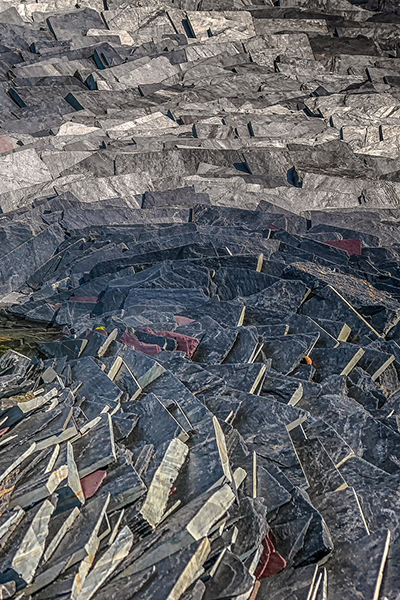
what is Slate?
There are various different sorts of slate, depending on what sort of clay the stone comes from. It is formed from clay mud, a very porous substance with a high water content. Under pressure from the deposits that have piled on top over millions of years, the water was gradually pressed out of the clay layers.
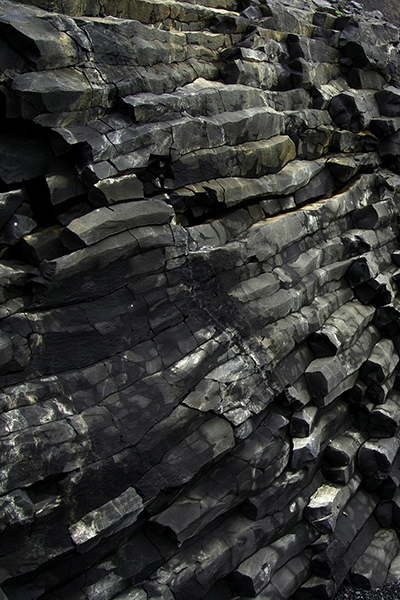
what is Basalt?
Just like granite, basalt is a magmatic or igneous rock. Magma can best be described as hot, liquid rock. It is found deep inside the earth. It makes its way outside through cracks or spectacular volcanic eruptions. Upon contact with air and/or water, the magma quickly cools down and becomes rock once again.
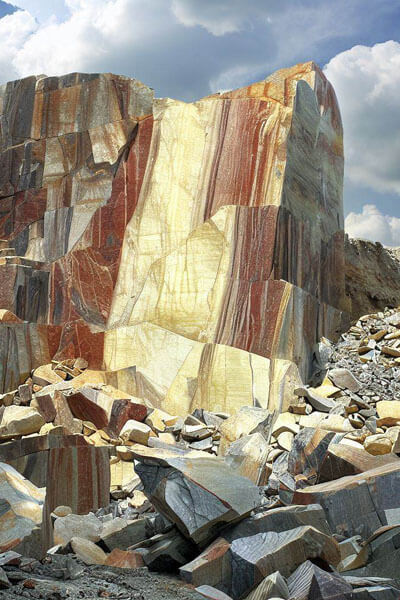
what is Quartzite?
Quartzite is a metamorphic stone that consists mainly of quartz. It comes from quartz sand compacted to form sandstone by extreme natural forces such as pressure or temperature. This is also known as metamorphosis. It is a hard, strong stone that is well able to withstand erosion. Quartzite often has a layered structure and occurs in a wide variety of colours, depending on the minerals in the soil. What makes quartzite so unique? Thanks to its high density combined with its hardness, quartzite is frost-resistant. In addition, it can be found in a wide variety of colours. What can quartzite be used for? Kitchens and bathrooms are definitely among the possibilities for quartzite. But quartzite’s biggest advantage remains its low susceptibility to erosion. So as an option for outdoors it should certainly not be underestimated. If is often used, for instance, to finish outdoor kitchens. How do you look after quartzite? Each quartzite is different! In the wholesale sector, quartzite is usually promoted as being stain-resistant. However, experience and expertise indicate that this very much depends on the sort of quartzite used. Generally speaking, quartzite is far less porous than marble, but it still needs taking care of properly. So we always carry out extensive testing on every new sort that comes into our workshop. Where necessary, we also apply our QTOP® PROTECT treatment. This combination of mechanical and chemical influences increases the natural stain-resistance of the stone to achieve the best possible result. Did you know…
- In terms of colour, quartzite is closer to marble than granite, although in terms of structure, it is more like granite.
- Quartzite is almost as hard as glass and is ideal for a range of different interior applications.
- Quartzite is one of the oldest stones and is found on every continent. It was used as far back as prehistoric times, for example to make ornaments and tools.
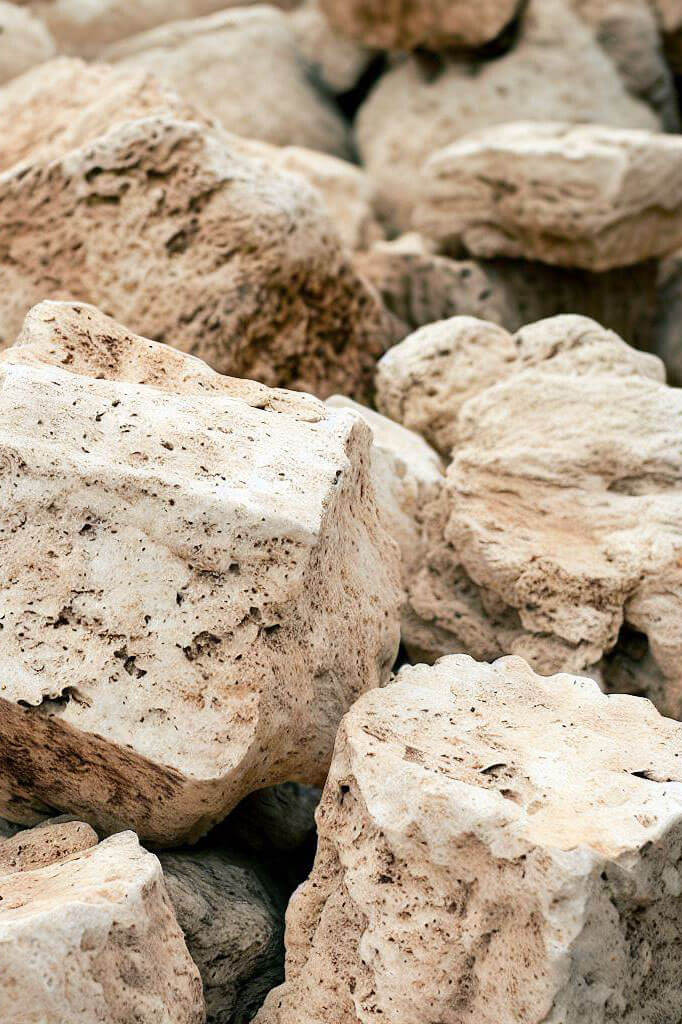
what is Travertine?
Travertine is a limestone, a sedimentary rock built up layer by layer over the centuries. The pores in the stone were created by organic materials such as leaves and twigs. What makes travertine so unique? Travertine is characterised by its lines and open structure. The softness of the stone combined with its gentle hues makes this a timeless option for kitchens and bathrooms. What can travertine be used for? Travertine is a very versatile material that can be used both indoors and outdoors. Thanks to the wide variations in colour, travertine can be used in both modern, contemporary projects and when creating a more rural style. How do you look after travertine? Travertine is a very porous stone with an open structure that naturally absorbs liquids. So Potier Stone treats all its travertines with QTOP® PROTECT. This, combined with our Soft Touch® and Xplore® finish, provides unparalleled protection and ensures that the material receives the very best care. Did you know…
- Tivoli, a small town to the east of Rome, is home to a lovely travertine quarry.
- Rome’s Colosseum is partly made of travertine.
- Travertine is sometimes also known as the new marble.

what is Onyx?
Onyx is a type of quartz that is characterised by its translucence. Another typical feature of the stone is its combination of several colours. Onyx is formed from silica deposits near volcanoes and volcanic caves. What makes onyx so unique? The smooth, fine crystal structure is typical of onyx. In addition, minerals and “impurities” result in a wide variety of colours and patterns. Consequently, no two pieces of onyx are exactly alike. What can onyx be used for? Onyx stands out thanks to its partial transparency. This means that it can be perfectly combined as a decorative element with lighting. Examples include back walls with rear lighting to enhance the splendour of onyx still further. Of course, more classical applications such as bathrooms or kitchens are also possible. How do you look after onyx? Onyx is fairly porous and naturally absorbs liquids. So Potier Stone treats all onyx stone with QTOP® PROTECT. This high-tech treatment involving mechanical and chemical influences provides unprecedented protection for the stone. Did you know…
- Onyx occurs less frequently in nature than marble.
- Onyx is a very popular eye-catcher in interiors. It can be used for both modern and classical interiors.
- Onyx creates a special effect when lit. This brings out the colours and patterns to greater effect.
- Onyx has been used for centuries for amulets and ornaments, among other things owing to the “medicinal” properties associated with it.
- Onyx occurs in a wide variety of colours, including black-white, red-white, green, blue, pink and more.
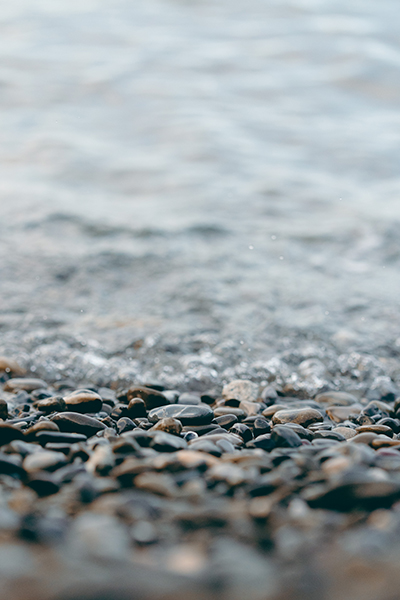
what is Composite?
Composite actually means ‘made up of various different materials’. And it lives up to its name, as composite consists of a blend of granite or quartz granulates bound with resin using a unique process. The quality and properties of composite largely depend on the proportions of these ingredients.
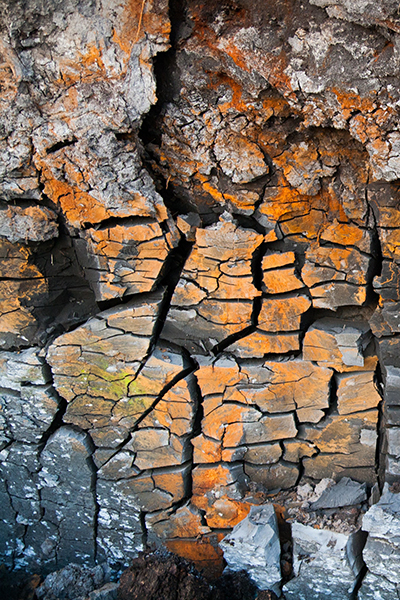
what is Ceramic?
Ceramic is the youngest member of the family and has a number of important properties. It is particularly hard, resistant to abrasion and colour-fast. In addition, ceramic is heat-resistant. On the other hand, its hardness makes it more likely to break than quartz composite.







